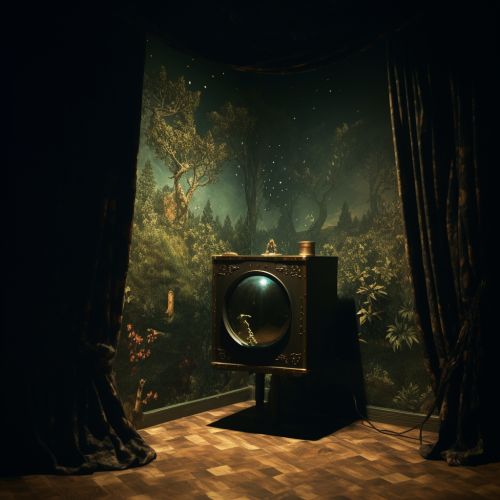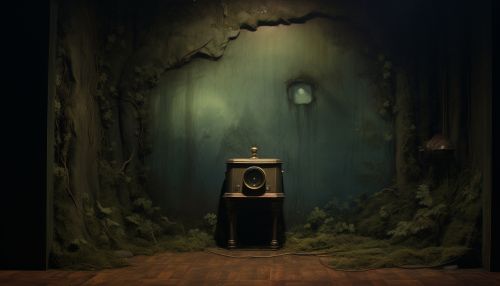Camera obscura
Introduction
The Camera obscura is a simple optical device that has been used for centuries in the study of light and images. It is essentially a dark room or box with a small hole in one side, through which light from outside enters and projects an image of the scene outside onto the opposite wall. The term "camera obscura" is Latin for "dark chamber", reflecting its basic design.
History
The concept of the camera obscura has been known since ancient times. The earliest written record of its use comes from the Chinese philosopher Mozi, who lived in the 5th century BC. He described how light travels in straight lines and how it can be manipulated to project an image.
The camera obscura was further developed by Arabian scholars during the Islamic Golden Age. The mathematician and astronomer Alhazen (Ibn al-Haytham) wrote extensively about optics in his Book of Optics in the 11th century, including detailed descriptions of the camera obscura.
In Europe, the camera obscura was used by artists and scientists during the Renaissance. Artists like Leonardo da Vinci and Cananetto used it as a drawing aid, while scientists like Johannes Kepler and Galileo Galilei used it for astronomical observations.
Design and Operation
The basic design of a camera obscura involves a darkened room or box with a small hole on one side. Light from an external scene passes through the hole and strikes a surface inside, where it is reproduced, upside-down, but with color and perspective preserved. The image can be projected onto paper, and can then be traced to produce a highly accurate representation.
The size of the aperture (the hole) is a crucial factor in the operation of a camera obscura. A smaller hole produces a sharper image, but reduces the amount of light and thus the brightness of the image. A larger hole allows more light in, but the image becomes less focused.
Modern Uses
While the camera obscura is no longer widely used in its original form, it has had a profound influence on the development of photography and cinematography. The principles of the camera obscura were applied in the creation of the photographic camera in the 19th century. In fact, the term "camera" in photography comes from "camera obscura".
Today, camera obscuras are often used for educational purposes, to demonstrate the principles of optics and light. They are also used in art, both for creating images and for installations where the camera obscura effect is part of the experience.
See Also


